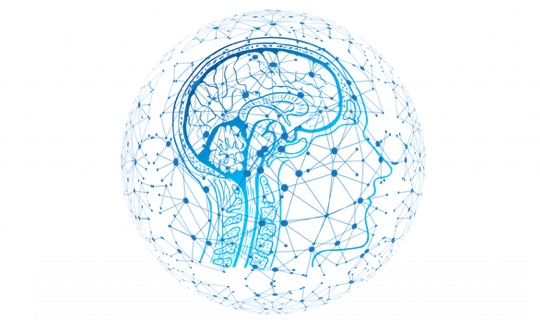
How Vendor Managed Inventory (VMI) Strengthens Supply Chain Resilience and Collaboration
To optimize inventory management, retailers and suppliers are increasingly turning to Vendor Managed Inventory (VMI) tools that transfer the responsibility…
Generix Ushers in a New Era of Intelligent Commerce for Retailers with AI-Driven Innovation Read the press release

Driven by academic research and large companies like Walmart and Procter & Gamble, the logistics industry underwent its first major transformation in the 1990s. While some players are still working on implementing best practices, Big Data is now revolutionizing the supply chain again.
Under the name “Supply Chain 4.0″ or “Connected Supply Chain“, these promising advances are the result of teams of Data Scientists exploiting artificial intelligence, blockchain or even robotics. These technologies aim to make the supply chain more agile, predictable and profitable for organizations. How can they do this? By shortening lead times, fully automating demand forecasting, and improving on-time production and delivery.
Capable of exploiting very large and diversified sources of information, Data Science and Machine Learning are particularly interesting for identifying trends in a very large quantity of data.
In the Supply Chain sector, Data Science is used in particular to:
In terms of warehouse management, data analysis can be correlated with certain external factors (raw material supply problems, goods traffic, weather conditions, etc.) to help companies reduce the risk of disruption.
To facilitate the choice of carriers and optimize the organization of delivery rounds, many factors can be taken into account: costs, type of products to be handled, specific transport standards and conditions, packaging, road traffic…
By optimally distributing tasks according to the warehouse’s own data, AI algorithms also contribute to a better allocation of resources and thus allow for greater efficiency.
With Data Science, the relationship established with consumers is also becoming more and more personalized. Unsupervised Machine Learning algorithms allow us to segment our customers very finely in order to target promotional offers and services to each profile.
Combined with the analysis of customer feedback, this segmentation data provides valuable information on the steps to be taken to improve customer satisfaction, which remains a core concern for any supply chain.
In any artificial intelligence process, the autonomy given to the machine takes place gradually. This Gartner graphic shows how the work entrusted to the systems (in blue) is gradually replacing human intervention (shown in green).
The collaboration between human and machine then takes place in 4 main stages:
As time goes by, the amount of autonomy left to the machine is increased, until we can obtain total confidence in the system. But to make the machine capable of deciding as well as the human, a phase of collaboration is essential during the various stages of development of the algorithm. It is more or less long and advanced according to the degree of autonomy wished.
Depending on the nature and intensity of the collaboration between human and machine, there are three main types of machine learning algorithms: supervised, unsupervised and reinforcement learning.
Supervised learning
In supervised mode, the algorithms work from data chosen by humans for their characteristics and their known impact on the result. For example: the outdoor temperature curve influences beverage sales, or the number of orders to be shipped impacts the picking load in the warehouse. Sales forecasting models use this type of algorithm in particular.
The intelligence is in this case mainly provided by the human. The machine is then mainly used for its calculation capacities on the basis of several series of data.
Unsupervised learning
The objective here is to meet 2 specific objectives:
In both cases, the machine is used to establish the diagnosis, while the human being intervenes in the exploitation of the data and the definition of the actions to be implemented as a consequence.
Reinforcement learning
Mainly used by voice or banking assistants and robotics, these algorithms work on cycles of experience, and improve their performance at each iteration. This is the most advanced mode of collaboration between human and machine. Through a scoring principle, the human gradually teaches the system to make the best decisions. It transfers its experience to the system and teaches it to adapt to many different situations.

To optimize inventory management, retailers and suppliers are increasingly turning to Vendor Managed Inventory (VMI) tools that transfer the responsibility…

In an ever-evolving logistics environment, agile and precise warehouse resource management is essential to remain competitive. With increasing volumes driven…

France’s electronic invoicing reform relies on a Y-architecture, where Partner Dematerialization Providers (PDPs) play a central role in issuing and…

Work with our team to build your ideal supply chain software stack and tailor it to your unique business needs.